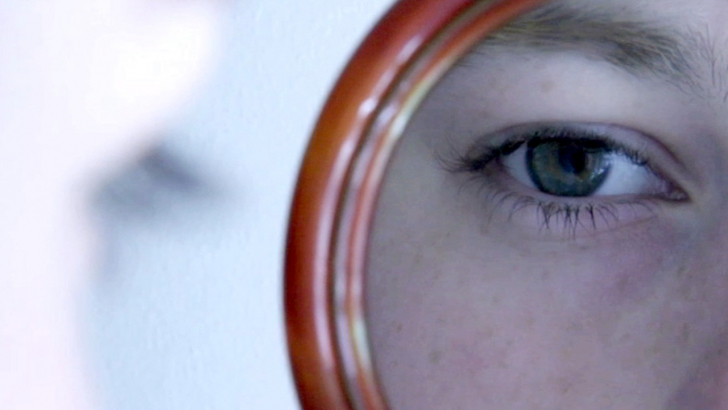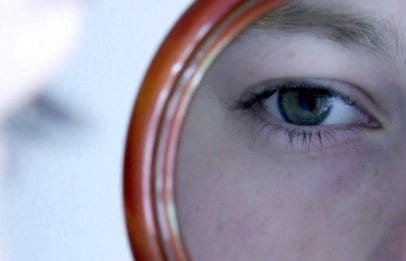
“Even though older ladies sometimes mistook me for a boy, my eyelashes would eventually give me away.”
I had the pleasure of meeting 22-year-old Portuguese filmmaker Kayl Worska at Man Up at The Cobalt last night. Worksa’s short film In/Operable, which has previously shown in New York City, is a part of this year’s VIFF.
Worksa told me that he spent all his money on a plane ticket to Canada to attend the festival — money he earned selling figs in his front yard. He was also helped financially by friends, and even an ex-girlfriend, who donated money to help get him across the Atlantic. He’s enjoying Vancouver but complained about the isolation of the people. “Everyone is so cold,” he said. “No one shows their love.” He then gave an example of how warm and tactile friends in Portugal are compared to what he’s observed in Vancouver.
Over David Bowie beats, Worska and I talked about the illusion of gender and the theme of his beautiful short film, about realizing “you can transmute the body, but identity is inoperable.”

 Why you can trust Xtra
Why you can trust Xtra


